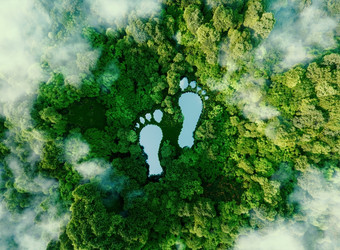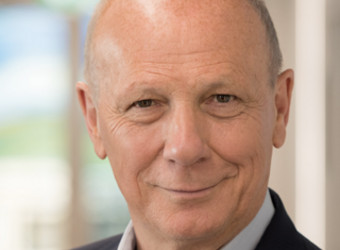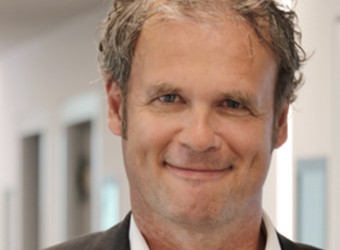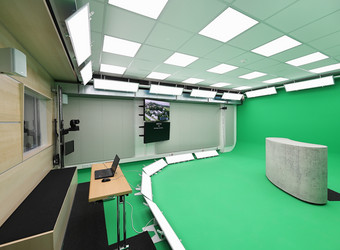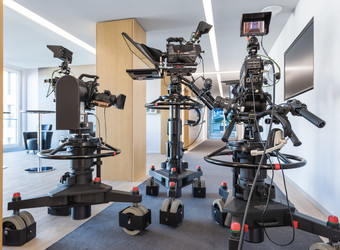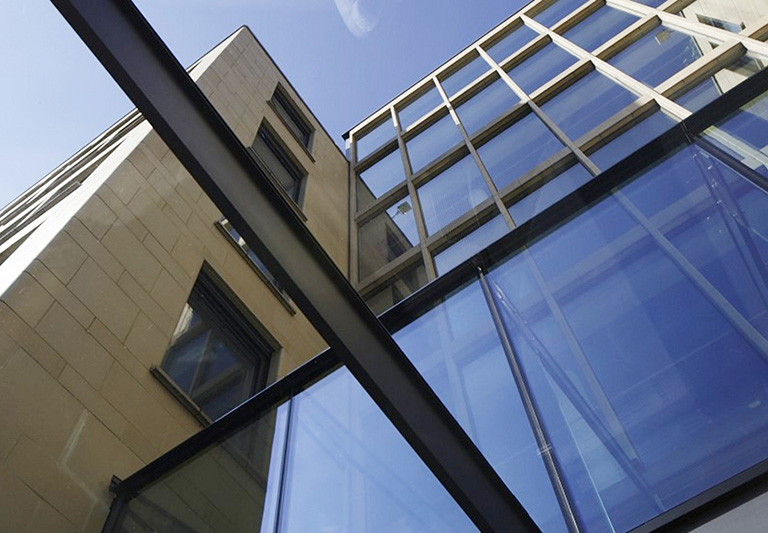Sustainability is becoming increasingly important for companies. It is important to put all activities to the test, including events. Just a few years ago, hardly anyone gave any thought to how speakers traveled to the event or the energy consumption on site. But that is changing more and more. In an interview with Janina Singer, mbw event manager Alexander Wieser talks about the status quo.
Janina Singer: Streaming of events became more common during the corona pandemic. Back then, we often heard how good it was for the environment because participants no longer had to travel by car or plane. Is it really the case that mobility is the biggest CO2 driver in the event sector?
Alexander Wieser: Well, first of all: the option of streaming was of course great during Corona. But I believe that humans are social creatures and need real exchange in real life. And this is simply neglected when it comes to streaming. You can now also see that things are moving back a bit towards presence.
On the question of whether travel is the biggest CO2 driver at events: That depends on the area from which the guests are traveling. We have many regional, at most national, customer bases here. So the journey is manageable and because we are in downtown Munich, many people come by public transport anyway. However, if guests travel across Europe or even internationally, the CO2 emissions caused by the journey are significantly higher.
So you yourself don't just have a positive attitude towards streaming events. But let's stay on the positive side for now: What other advantages do streamed events have in terms of greenhouse gas emissions and environmental impact?
In addition to the journey, there is also no overnight stay. In addition, the rooms needed for a virtual event are smaller. And the rooms also need energy, for example in the form of heat. The need for other things is also significantly lower for virtual events, for example in terms of food and the waste generated.
That sounds great, but if you know a little bit about technology, then you already know that streaming isn't that CO2-neutral either, right? What are the biggest problem areas?
It's a bit like electromobility. The electric motor does not emit any greenhouse gases, but of course the energy that is needed must first be produced.
Even with virtual events, the question is where the electricity comes from. Is it really green electricity? The production of computers, accumulators and batteries also plays a role. In addition, when you stream images and sound, you store this data on a server. So there is a huge server landscape that needs to be cooled. This also uses extra electricity.
So it's probably simply not possible to be completely CO2-free. But as the event manager here at mbw, you probably have a few ideas and tips on how to improve the carbon footprint of streamed events, right?
I would be guided by the saying: As much technology and personnel as necessary and as few personnel and technology as possible. Of course, you can also really expand virtual events, with a lot of technology and a lot of staff. But you can also try to be economical and only use what is necessary, which will then improve the CO2 balance.
Today there are not only “face-to-face” or “virtual” events, but also many hybrid events. They combine the advantages of both formats, but also the disadvantages in terms of the CO2 balance, right?
In my opinion, if you look purely at the CO2 balance, the hybrid event is the worst solution. On the one hand, you need large rooms for in-person guests and have to organize a lot of catering, but on the other hand, you also need the technology for streaming.
And it is extremely difficult for the customer to calculate. We hear from our customers again and again that guests register to participate in person, but then change their mind and watch in the stream. Then all the catering is already ordered and the large room is booked.
However, hybrid events of course also offer an enormous number of possibilities.
How can the problem be alleviated at least a little?
I think it's important to market this properly. The aim should be for guests who come from the region to actually participate in person and for guests who live further away to participate in the stream. This would also create a good calculation basis for catering, so that you don't order food for free that ends up in the trash.
Companies now have to keep a very close eye on their carbon footprint. Is this now also an issue in customer advice for events?
So far I have not had these requests from customers. I'm very excited to see how this develops in the future. Of course, we try to advise customers and if a customer asks me for my opinion on the CO2 balance, then they will get it from me.
You once talked about a CO2 calculator that can be used for events. What kind of computer is this and how does it work?
There are various CO2 calculators on the Internet, especially for events. For example from the Federal Environment Agency. I have to say that I don't know the algorithms behind any of the computers. I personally like the CO2 calculator that is offered on the platform of our service provider InterMedia Solutions because it visualizes the result very nicely.
You can enter how many participants are coming and what area they come from and how long the event lasts. Example: For a one-day event with 100 participants from the region a purely virtual event would save three tons of CO2 compared to a face-to-face event. According to the calculator, that would correspond to approximately 23 flights from Munich to Berlin.
At the moment, the issue of carbon footprint for events is not yet that important. Do you think this will change in the future?
So I think there will be more and compared to the pre-Corona period you can already see that. Back then, events were often held for which a speaker traveled from the USA specifically for a one-hour lecture. Which is crazy in terms of CO2 emissions. Today it is no longer a problem for any speaker or location to simply connect speakers from the USA. Although we have already done this before.
This also makes the availability of top-class speakers much easier than before Corona and this also saves CO2.












